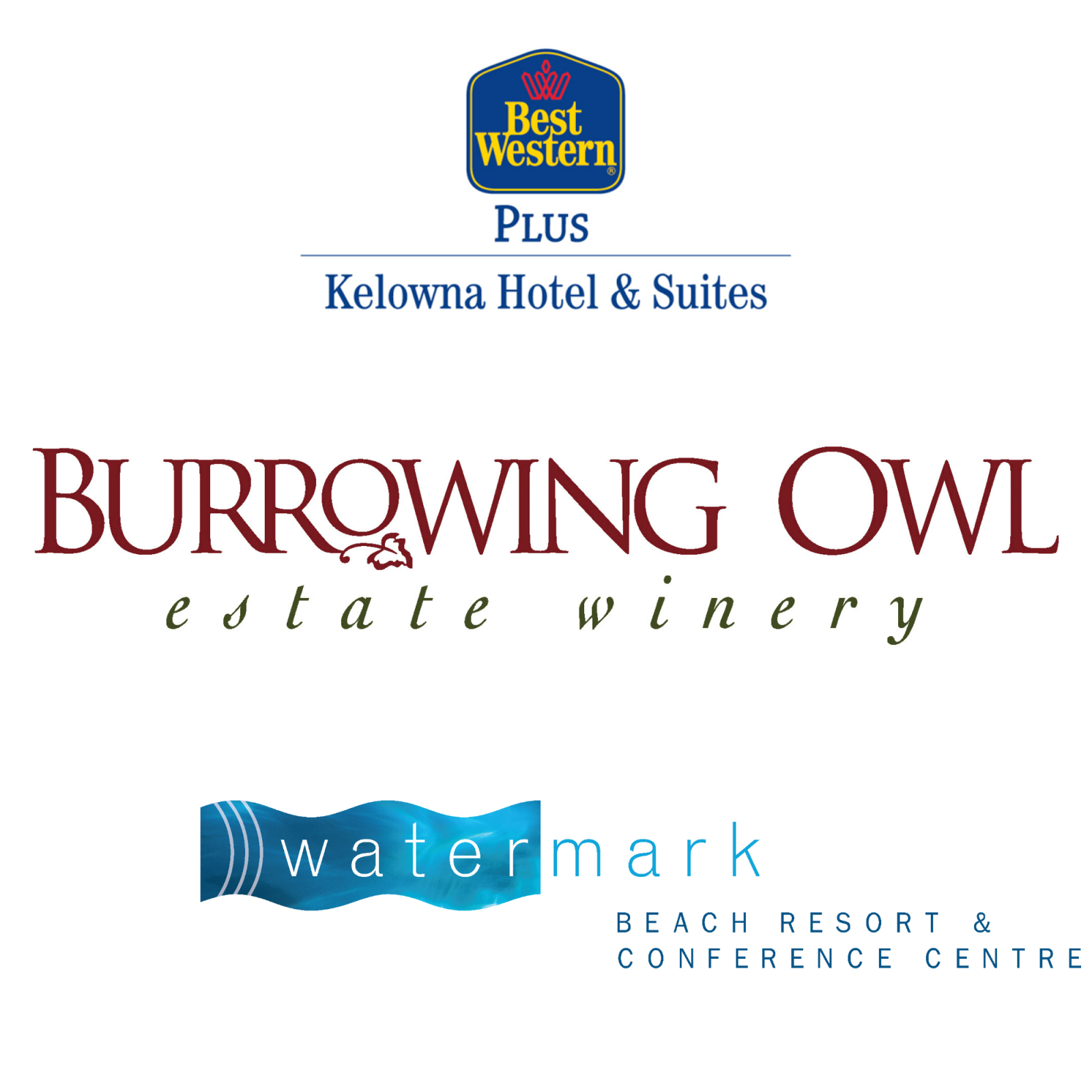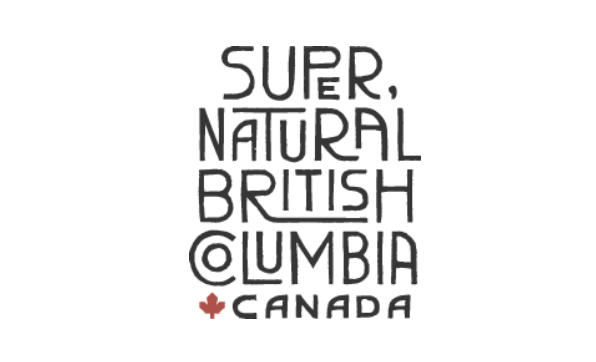How B.C.'s tourism industry is making the world a better place
Scroll down to continueSince the mid-1990s, Jim and Midge Wyse’s Burrowing Owl Estate Winery has donated close to $1-million to the Burrowing Owl Conservation Society of British Columbia. Driven by their love of birds, the couple raised the funds by initiating a $3 per person tasting fee at their winery.
The Wyses purchased the 100-acre parcel for the winery in 1993. While doing one of their first walks around the area they came across a sign that told of how the burrowing owls once inhabited the region but had since become extinct.
That information inspired the couple to become involved with the conservation society. So they decided to do some volunteer work for the society and then named the vineyard after the bird.

Burrowing Owl is part of a green Renaissance occurring in B.C.’s Thompson Okanagan region. There, tourism operators are committing to sustainable practices because they want to make the world a better place; the fact that they are green, which is helping in their marketing, is a happy by-product of that.
Going green the right thing to do
Scroll down to continue“People always say it’s a great name, a great marketing decision,” says Kerri McNolty, the couple’s daughter and the winery’s marketing director, of Burrowing Owl's moniker.
“I actually say, ‘No, the name for the vineyard came long before there was any dream of producing and selling wine.’ It was definitely an authentic decision just to try and help increase awareness of the burrowing owls.”
Since then, through the work of the Burrowing Owl Conservation Society, the Wyses' have been instrumental in helping re-introduce the bird back to the regional habitat.
Jim Wyse’s mother was an avid birder and passed along the love of birds to her son. Along with that came a respect for the environment that suffuses everything the winery does. The list of sustainable features is exhaustive.
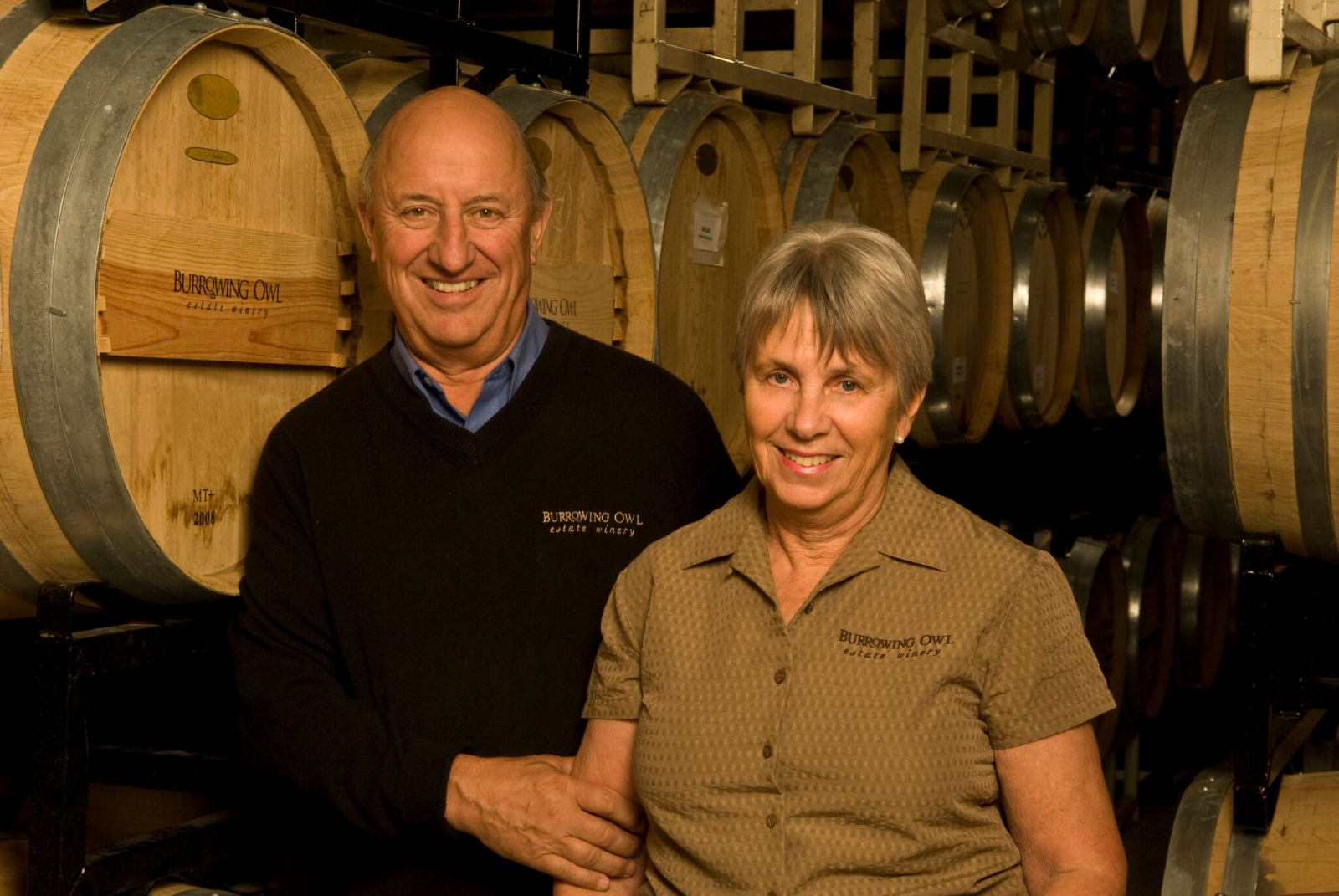
The winery makes use of solar heat and geo-thermal, and includes low-flush toilets and low-energy light bulbs. Practices in the vineyard include incorporating six tractors that operate on bio-diesel; and the use of solar-energized water probes that wirelessly report the true watering needs of the vines.
An extension to the winery this year will feature roof-top solar panels and electric car charging stations, among other improvements. At that same time, the Wyses are also working to make their own home net-zero.
The winery’s long-time commitment to sustainability led to it being certified Green Tourism Gold in 2015.
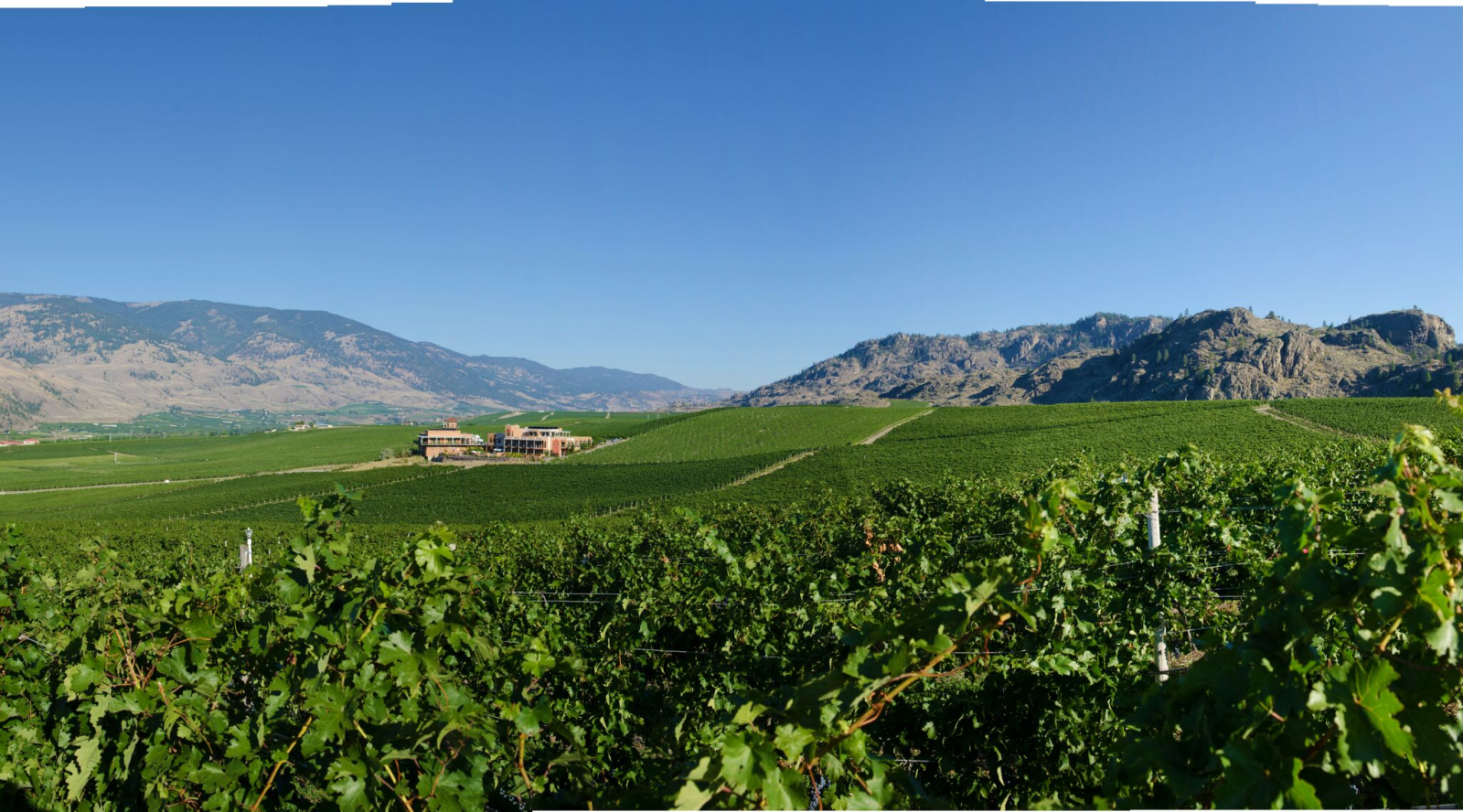
According to McNolty, her father made the improvements because “he knew it was the right thing to do rather than that’s because he wanted to tell people that’s what he was doing.”
The work comes with good karma, though; McNolty says when their customers learn of the winery’s sustainability commitment and their work with the burrowing owl conservation society, “it definitely strengthens their attachment to our brand.
A new charter of sustainability
Scroll down to continueTourism operators in B.C.’s Thompson Okanagan region are reaching a similar conclusion. They’re green because they believe in sustainability, but at the same time being green provides an edge in marketing their businesses.
Over at the Thompson Okanagan Tourism Association (TOTA) in Kelowna, President and CEO Glenn Mandziuk, says a big push for the group currently is to educate its 3,500 members to the advantage of various programs that support sustainability efforts, such as Green Tourism certification.
Mandziuk says it’s important to protect the region’s natural resources, which he calls paramount to the visitor experience. “Without that natural resource that surrounds us, we lose our destination as a whole.”
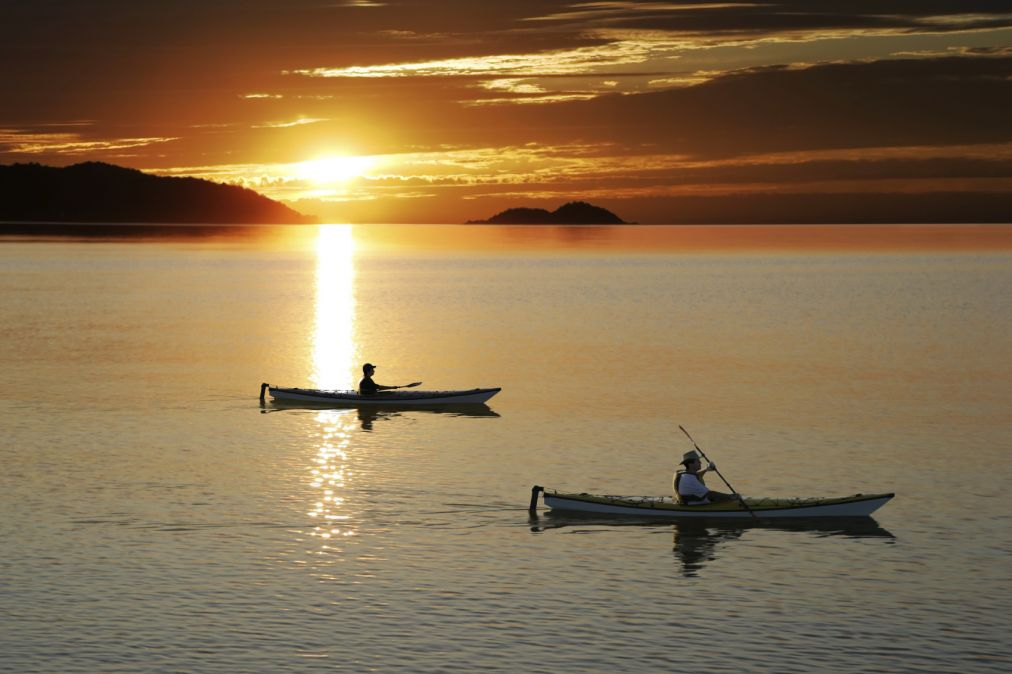
At that same time, he’s quick to recognize that going green also generates new economic growth for the region. “The economic growth that can be generated starts to differentiate the region from anywhere else, because we’re known as a region that respects those things and we attract a different kind of visitor,” Mandziuk explains.
In fact, using market segmentation programs, TOTA is able to specifically target neighbourhoods in Vancouver, Calgary, Edmonton and Seattle where they know they’ll find like-minded people who want to visit a destination that protects the environment.
But Mandziuk emphasizes that the region wants to attract respectful tourism. “We’re not here to sell our soul to tourism, for the sake of tourism, to attract tourism.”
That’s where Green Tourism enters the picture. Delivered in Canada by Green Step Solutions, a B.C.-based sustainability consulting firm, Green Tourism certification helps companies reduce their environmental footprint while enabling them to tell an authentic story of their green success and attract new visitors.
Through Green Tourism, TOTA has been able to offer a number of free seminars on sustainability practices. Mandziuk says some 400 business operators have already gone through the seminars.
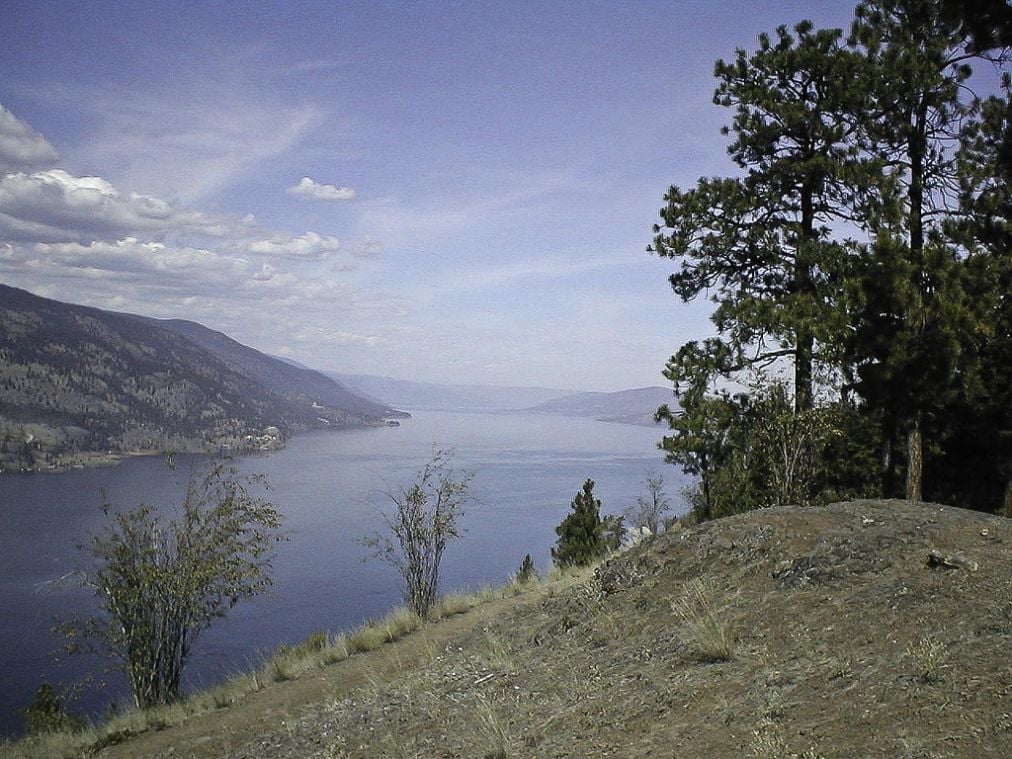
TOTA is taking green tourism so seriously that it is establishing a charter of sustainability, which declares that that principle underlines all tourism activity in the region. Mandziuk points out that New Zealand has such a charter that has helped both highlight their tourism while protecting the country’s fundamental values.
TOTA’s charter would be the first of its kind in Canada.
Mandziuk says TOTA also practices what they preach. They’ve put energy efficient systems into their offices and are working on getting a green roof for the visitor centre they operate.
Green blooms in the desert
Scroll down to continueFurther south in Osoyoos, green is also appearing in the middle of Canada’s only desert. There, at the 153-room Watermark Beach Resort, Ingrid Jarrett - the resort’s General Manager, VP Business Development - says sustainability has been part of Watermark’s culture and integrated brand from the very beginning.
“I think it’s because we live in a very fragile eco-system and environment in Canada’s only desert. We’re very aware of flora, fauna, animals, and the weather itself, and how precious that is.”
The resort has a “green team,” with members from each department. They all work together on different sustainability initiatives aimed at cutting down on waste. All of the resort’s suppliers and partners share the same environmental, sustainable commitment.
“That just means it’s part of all the conversations we have when we’re forming relationships and partnerships,” Jarrett says.
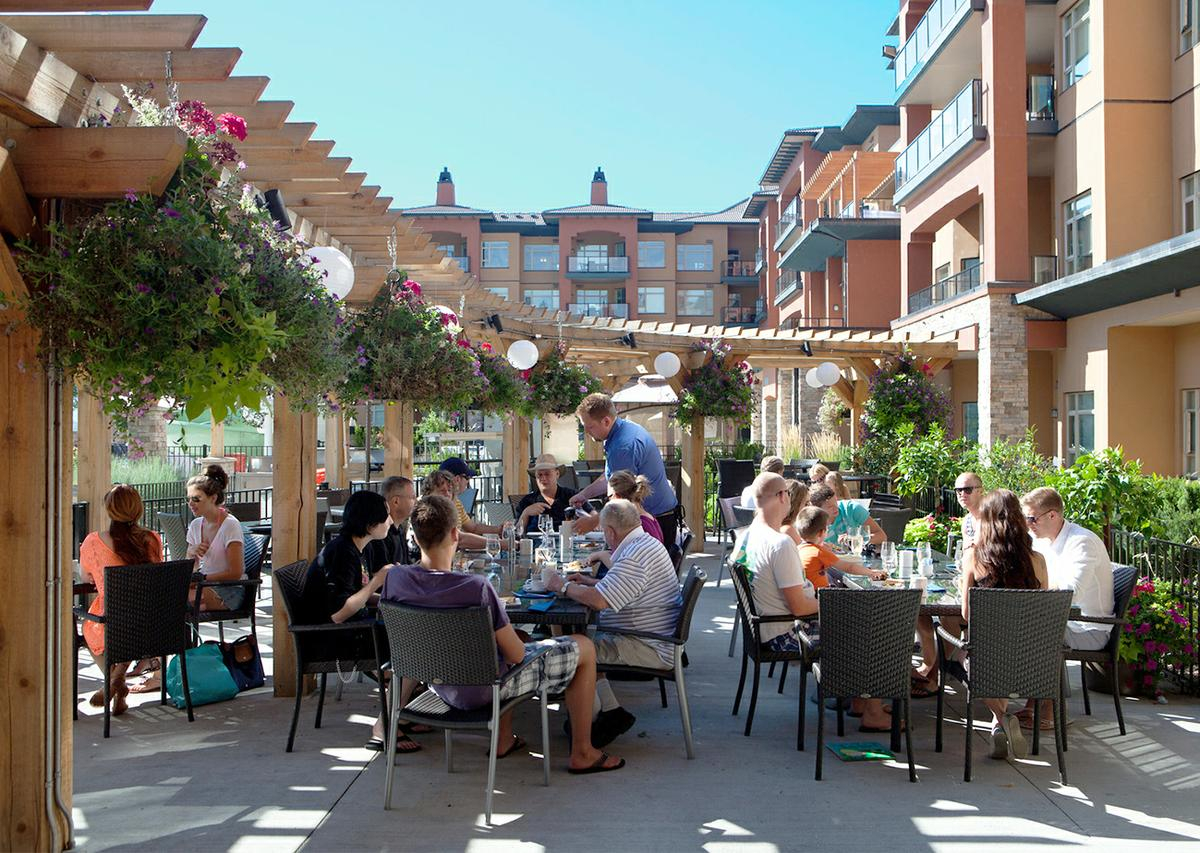
Because the resort is right on the shore of the Osoyoos Lake, it also supports three different organizations that monitor the lake and fish habitat. Watermark also works closely with the Okanagan Nation Alliance, which has played the lead role in the successful reintroduction of the Okanagan Sockeye salmon.
The green effort extends to the guests as well. Cards in the room invite them to participate in various ways they can be sustainable. They include reusing sheets, towels and linens; recycling; and opening the curtains during the day time to save on energy from lighting.
And all the recycling from the resort has been donated to support an athlete for the Paralympic Games.
The Watermark's culinary team are leaders on their green team – all menus are Ocean Wise and they initiated composting with local Osoyoos farmers.
Currently, GreenStep is assessing Watermark for Green Tourism certification and they are striving for Gold. Jarrett says Green Key and Green Tourism have been good partners for the resort, helping assist with the ongoing development of the green team.
“Very often your focus is on the operation, not on additional initiatives such as green travel and tourism.”
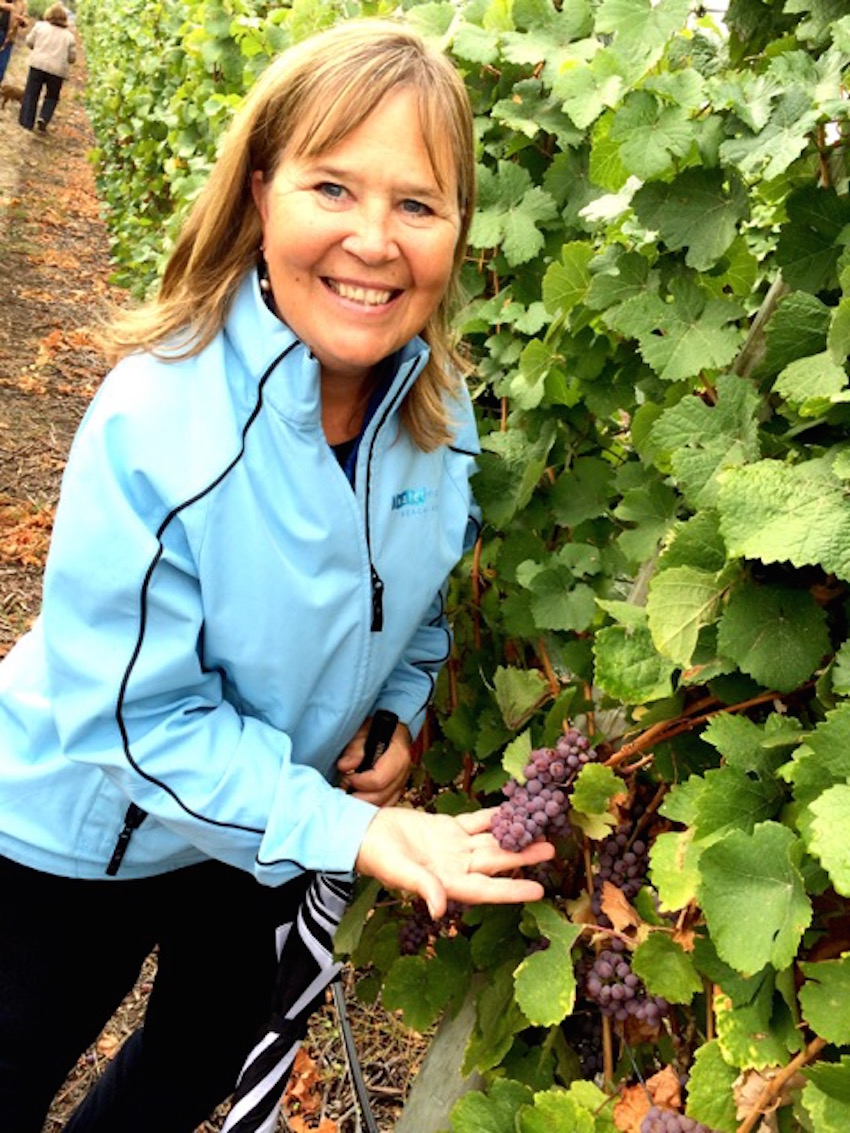
Like Burrowing Owl, Watermark finds being sustainable also pays off. “There’s a real opportunity for us to make sure we remain a leader in green sustainable travel and tourism,” Jarrett says.
"There is a change in the travel conscience," says Jarrett. "People are looking to be engaged with unique, authentic and meaningful experiences. They are thoughtful in their choices and green tourism is a perfect example."
Striving for sustainability
Scroll down to continueBack in Kelowna, Greg Salloum, a former research entomologist, joined the family hotel business in 1990. With him came the desire to transform the hotel, the Best Western Plus, into a sustainable showcase.
What began as a 22-unit motel back in 1970 is now a 176 room, full-service hotel with a spa, bar, restaurant and conference centre. Not only that, but when Salloum added another wing of rooms in 2010, he had it designed to LEED Silver standards.
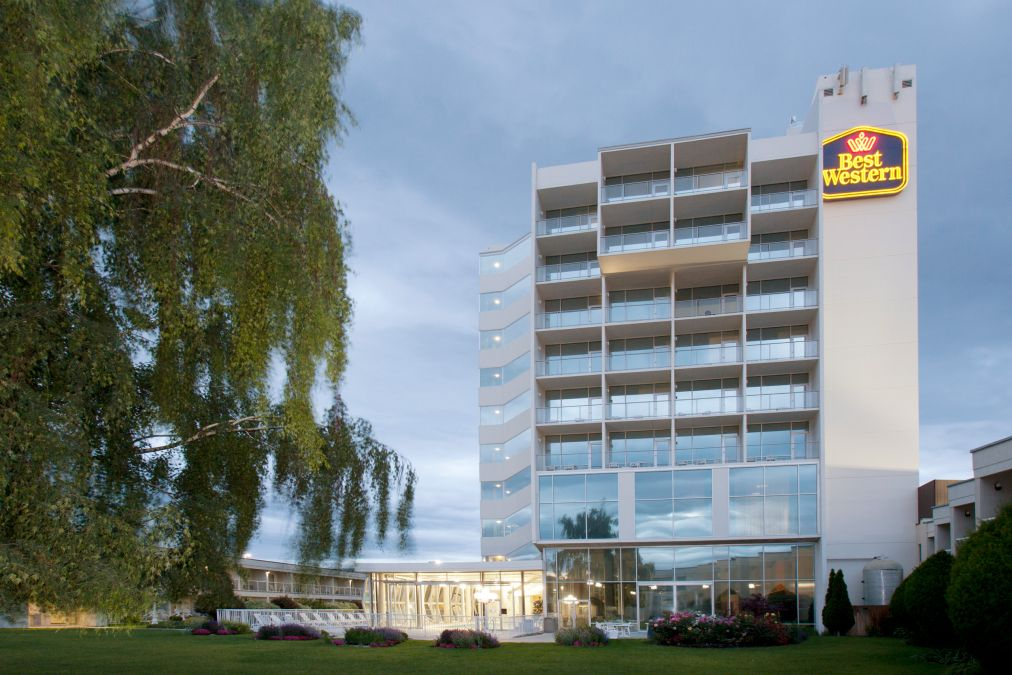
As impressive as that is, consider that in 2002 the hotel added one of the largest solar hybrid water heating systems in Canada. The system featured 102 solar panels feeding a 6,000 litre solar storage tank. At the time it cost nearly $250,000 to install.
The system heated up to 90 per cent of the hotel’s 90,000 litre indoor swimming pool, two hot tubs and 154 guest rooms during the summer months, while looking after nearly 60 per cent of the hot water heating over the winter.
While that system is no longer in use, Salloum is getting ready to add solar panels to the hotel this fall. The hotel has 4 individual electric car charging stations along with a Tesla Supercharger with 8 stations. They also have a geo-thermal cooling and heating system.
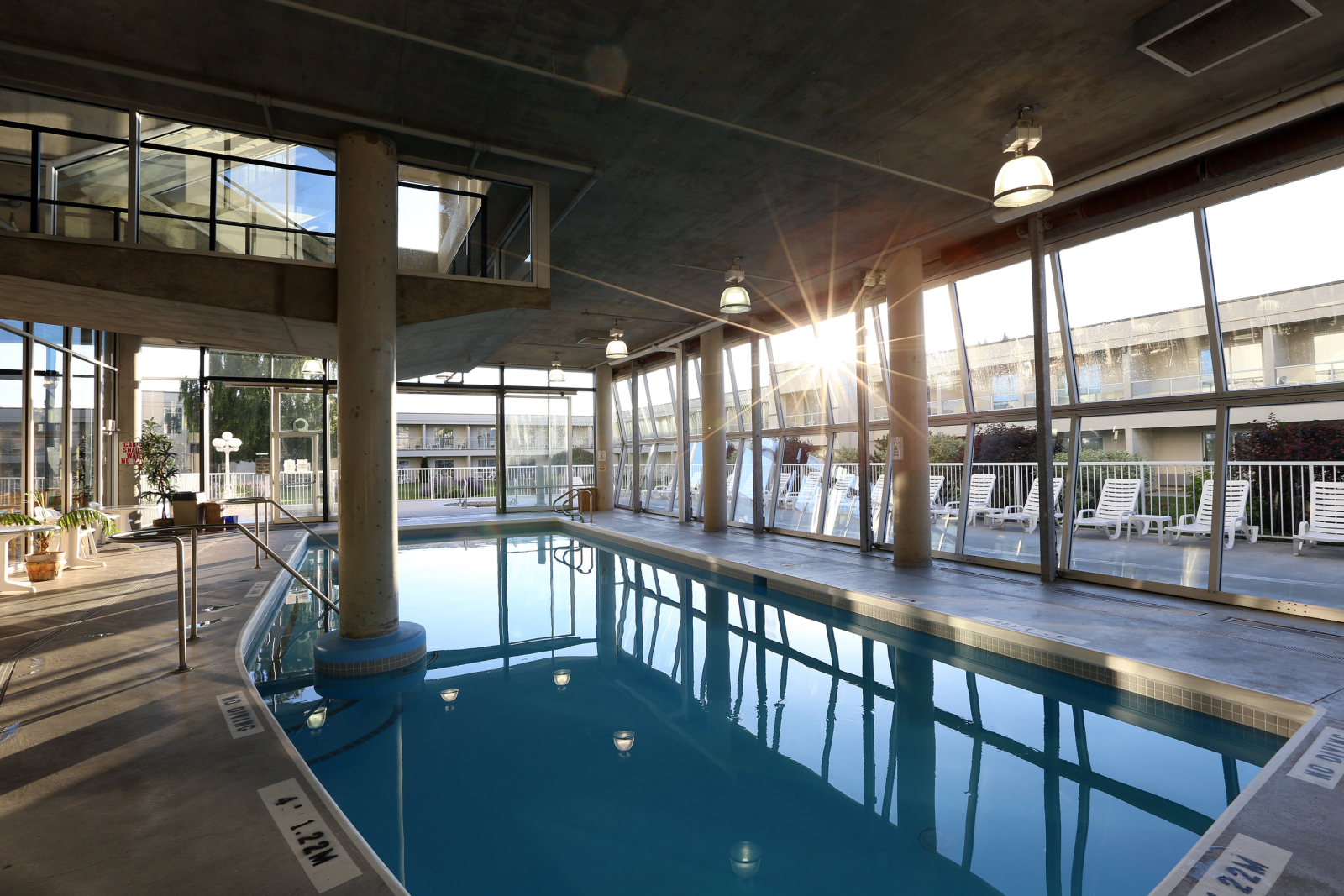
Being green is in his blood, Salloum says. “I’ve got two granddaughters and, corny as it sounds, I want to leave the world a better place than when I came into it.”
Achieving Green Tourism Gold certification in 2014 was like a feather in his cap, he says. Salloum likes the rating because it’s global and helps in attracting European tourists, whom he contends are more environmentally sensitive.
He also opines that more hotels should be striving to become sustainable. “Hotels have the opportunity to do much better than they are doing in general. Because it’s such a wasteful industry to begin with, it’s easy for them to make those strides,” Salloum adds.
“I think if we took the long-term view of humans on the planet, we would be a lot more careful with the resources we have.”

